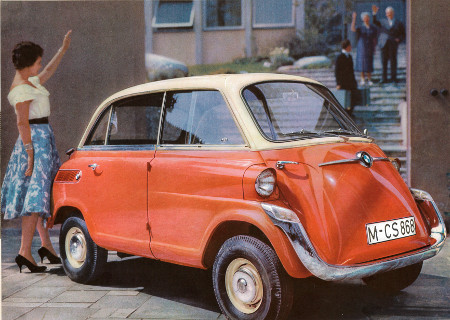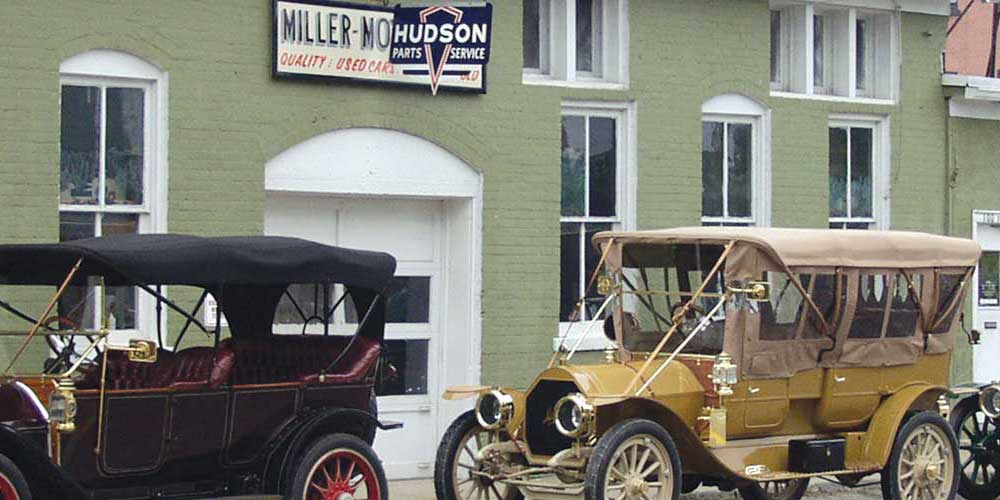By Robert Tate, Automotive Historian and Researcher
Photos courtesy of the National Automotive History Collection
Posted: 08.22.2016
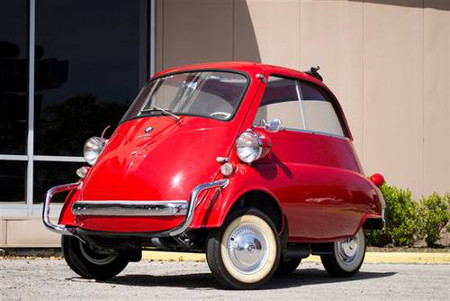
The Isetta was a car that was designed and developed in Germany during the early 1950s. The first Isetta models were introduced to the public at the 1953 Turin Motor Show in Turin, Italy.
In the beginning, some people referred to the model by its appearance describing it as a vehicle that looked like it had a collision between a refrigerator and a scooter. The model was 4.5 feet wide and 7.5 feet long. The vehicle offered a single door at the front for its driver to enter. The rear wheels were spaced just 19 inches apart.
The model offered a two-cylinder, two-stroke engine and the vehicle could average a top speed of 45 mph. BMW manufactured the model under its name plate. The first models were manufactured and produced in April 1955, along with a restyled Isetta 600 deluxe version coupe which added more room for additional passengers. The deluxe models were introduced to the public in October of 1956.
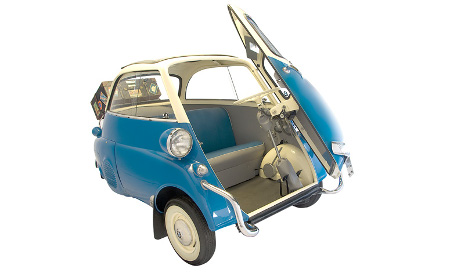
Under the license agreement from BMW, Isetta of Great Britain models were manufactured along with models being made in Brazil as well. The Isetta 300 automobiles were enhanced by the world-famous BMW badge on the door and the purposefully positioned ventilation slots. The Isetta design was a purposeful vehicle that was unique for the consumer market not just in most parts of the world but America as well. American advertising called the Isetta models “The most exciting cars on the American highway.”
Economy was the key word that described the Isetta automobile for the consumer market. The images in this story clearly show the streamlined design body, which some people liked. The BMW Isetta 300 was an entirely new type of vehicle because of its special features in design along with its low price and its economy – it was called the all-purpose car. It was also marketed as motorcycle efficiency with all the comfort and safety of a car. Also the fact that it was small and easy too park and thrifty to operate and maintain and quite roomy made it the perfect family second car.
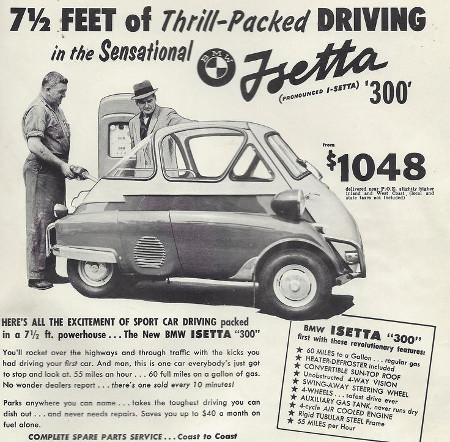
The Isetta model worked out great for consumers who were going shopping or getting to work or taking the children to school made it easier for everyday activities in many family households; it became the perfect family vehicle. The interior could also comfortably accommodate two adults and one child with plenty of leg room.
The Isetta 600 models were introduced to the public later; it was called the America’s most distinguished imported economy car and the most “functional” vehicle in the consumer market. The wide and comfortable seats were roomy enough to accommodate five people for driving and traveling.

The 600 models had compared favorably with medium sized vehicles. The interior offered the motorist adjustable seating that could be completely removed from the car in a matter of minutes. The 600 models offered four-doors which became an easier access to exit for its passengers. And in the case of a tire emergency, the spare wheel was stored behind the paneling of the front door, which could be removed very easily by the driver. The BMW 600 models also had a large area for luggage the bags could be stored behind the back seat when times of traveling.
In conclusion, the BMW was a car with very unique styling and a truly affordable price. The models became world-famous for its designs as BMW had manufactured 136,367 models which many consumers really had enjoyed and had taken advantage of their condensed features.

Because of the competition from other small models like the (Mini), the BMW Isetta models came to and in 1962. Although the last BMW models were manufactured in 1962, the Isetta engines were manufactured up until 1964. For more information on the Isetta models, please contact the BMW Isetta car club on the web site.
